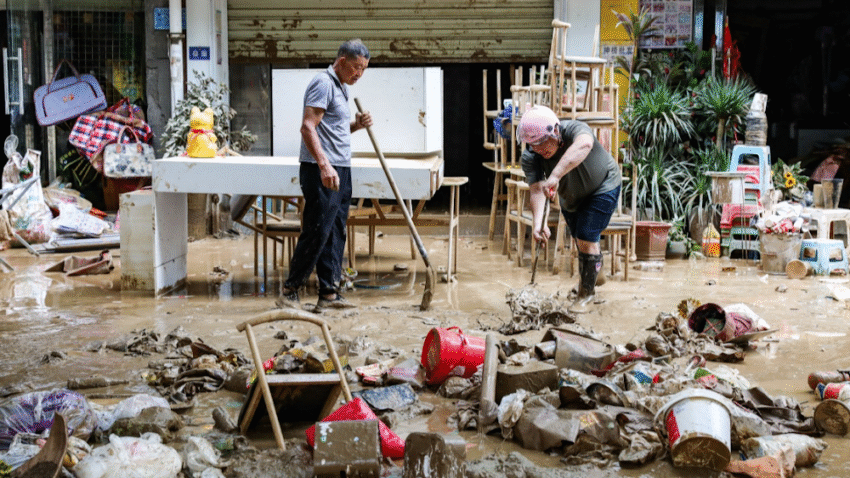In conversations with local water resource bureaus, Southwestern University’s Chen said local staff emphasised how their work grew more intense during summer, monitoring weather patterns, reinforcing infrastructure and rehearsing emergency responses in anticipation of extreme weather events.
As deluge-hit areas began to remove silt left behind by the flooding and restore power, telecommunications and water networks, rain from a tropical depression expected to make landfall in Guangxi on Thursday night could affect restoration and clean-up work or risk a new round of flooding.
The tropical depression made landfall on China’s island province of Hainan early on Thursday, and later again in Guangdong on the mainland, bringing more rain to a region still reeling from Typhoon Wutip two weeks ago.
Extreme storms and severe flooding, which meteorologists link to climate change, increasingly pose major challenges for Chinese officials, as they threaten to overwhelm ageing flood defences, displace millions of people and cause billions of dollars in economic losses.
“Climate change is making extreme weather more frequent and unpredictable,” said Chen.
“While progress has been made, continued adaptation and investment — especially in forecasting technologies and resilient infrastructure — remain essential.”
Reuters
